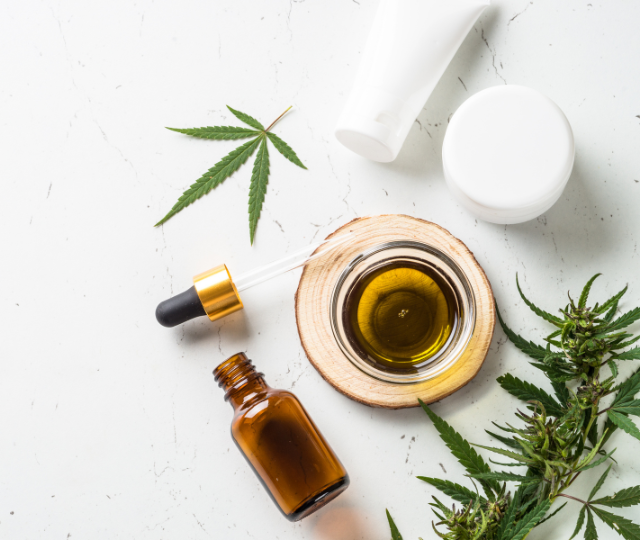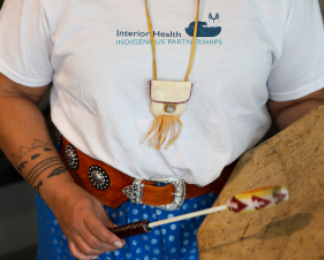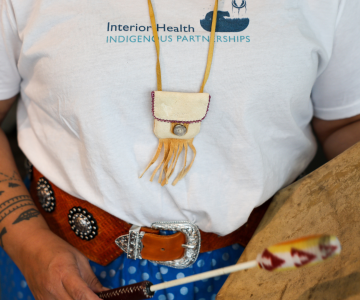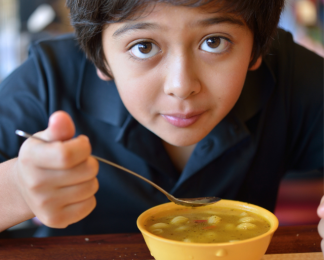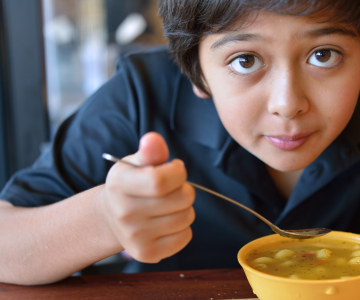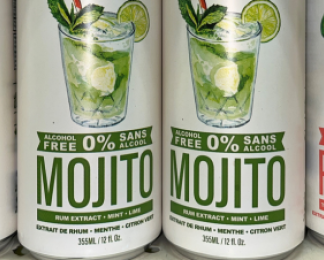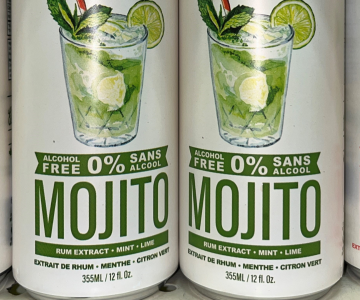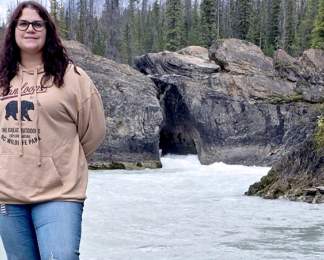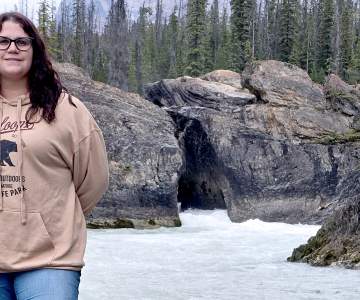Cannabis overview
Cannabis, which is a product extracted from the cannabis sativa plant, is used for both its therapeutic and psychoactive effects on the body. It comes in many different forms for use, including dried flower or leaves; hash; edibles; topical creams; or extracts, such as shatter and oils.
While cannabis is comprised of over 100 different chemical compounds called cannabinoids, there are two major cannabinoids that are most biologically active: delta-9-tetrahydrocannabinol (THC) and cannabidiol (CBD). Each cannabis plant has different ratios of THC to CBD, which ultimately plays a role how you feel after using the substance.
According to the Canadian Cannabis Survey, approximately 52% of Canadian adults report using cannabis three days per month or less, and 18% report daily cannabis use. Rates of use are reportedly higher among males (30%) than females (25%).

